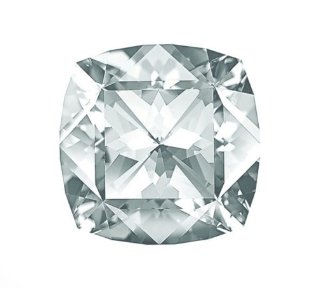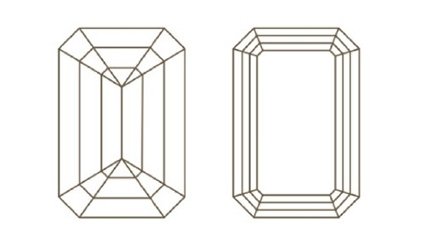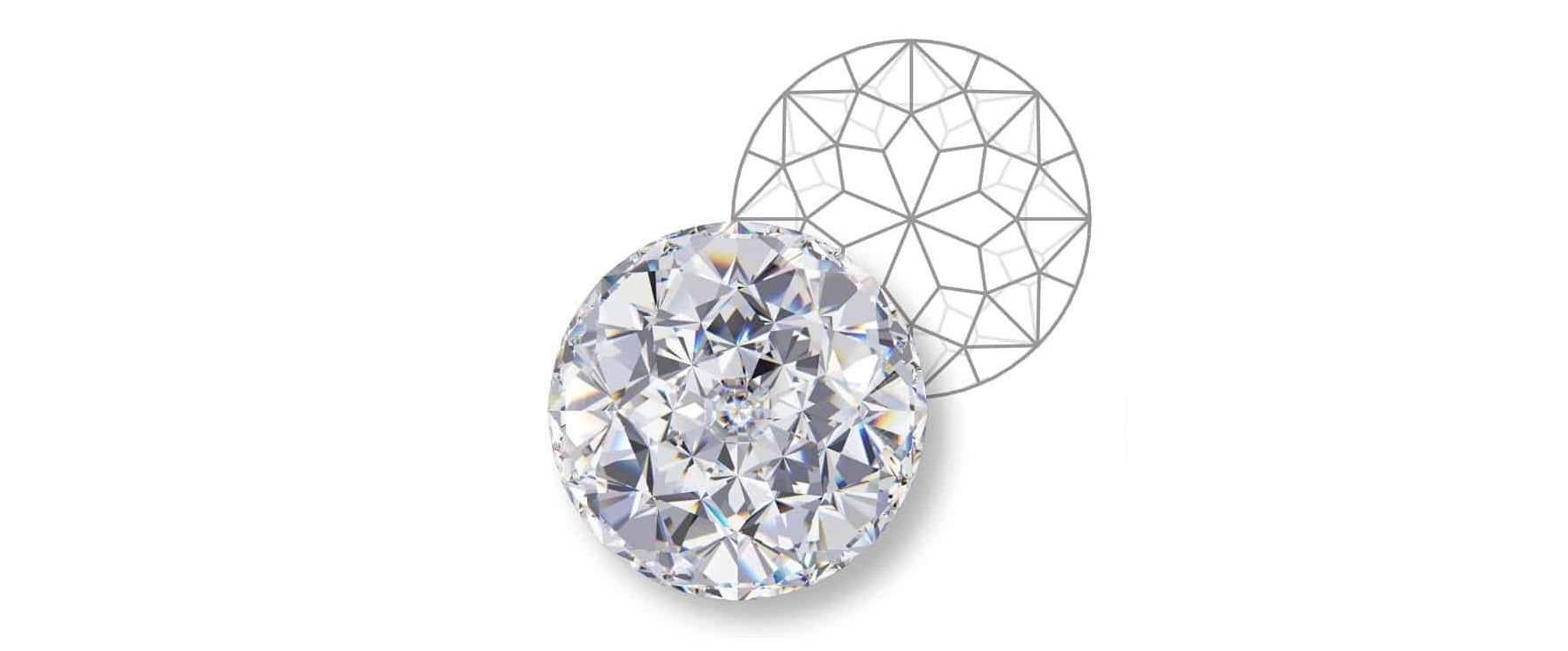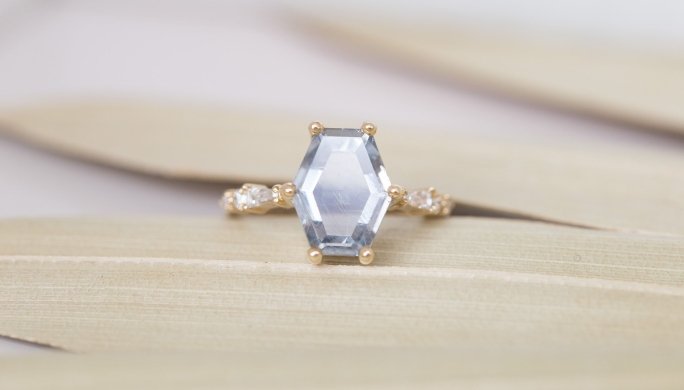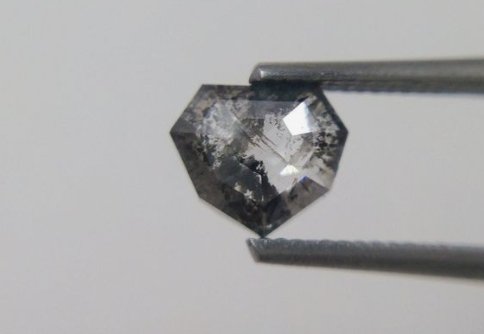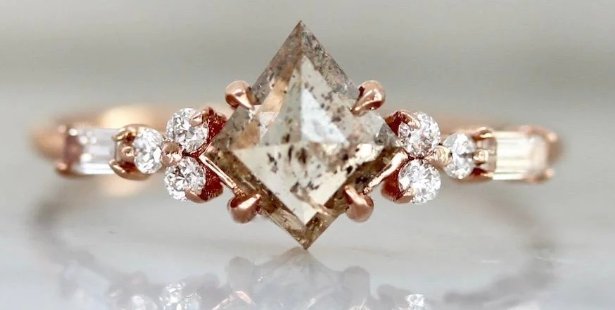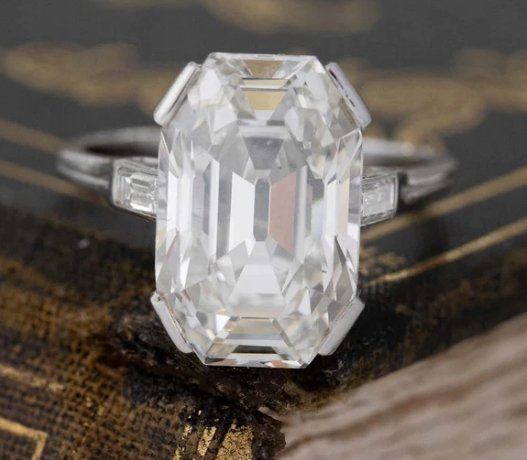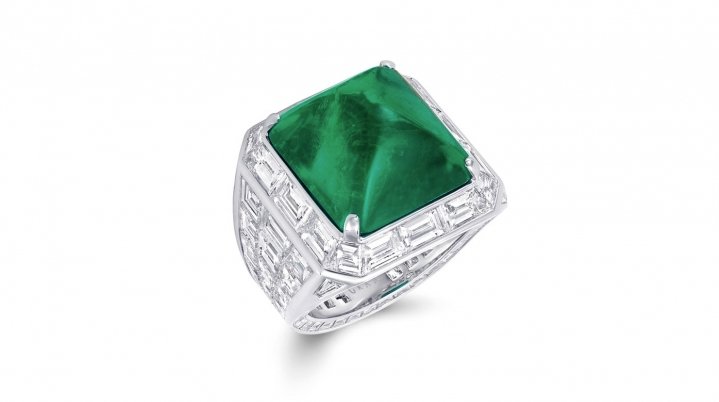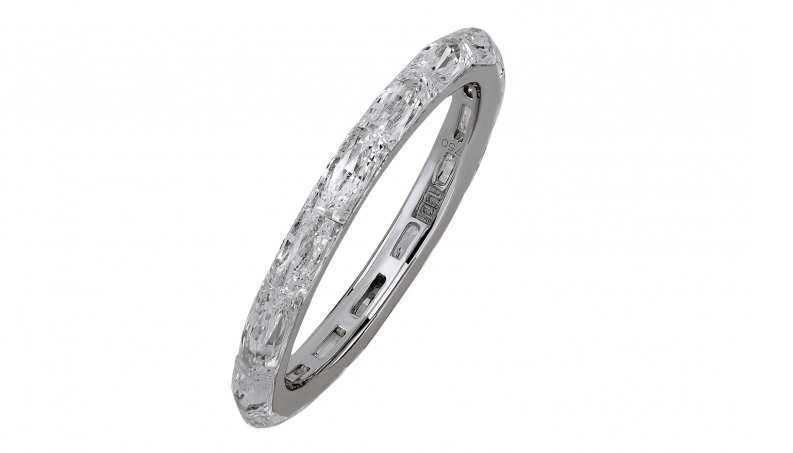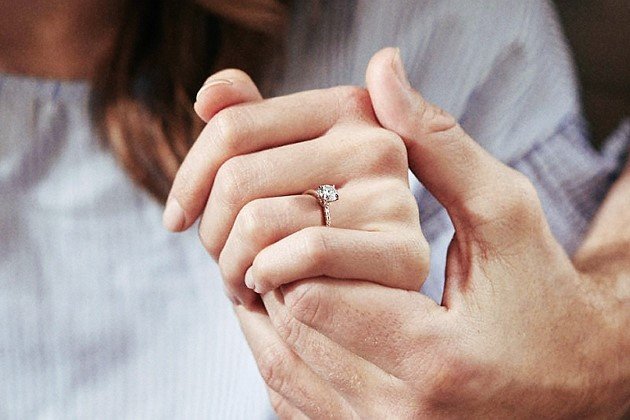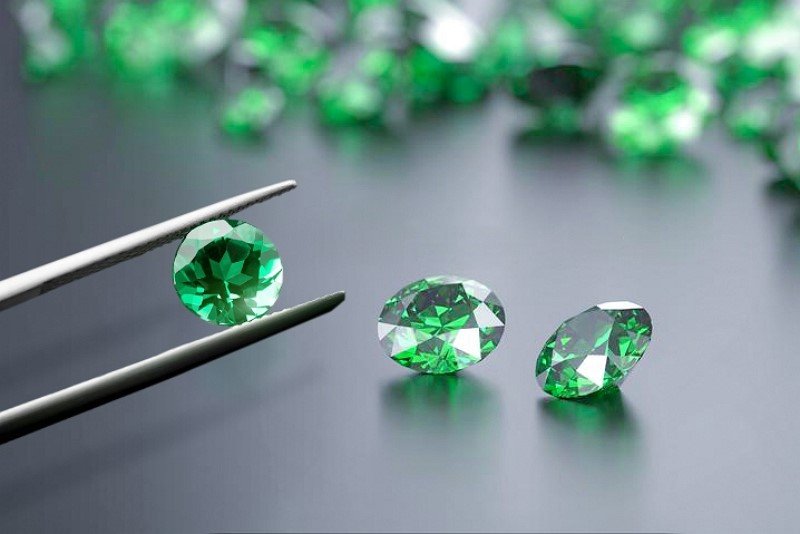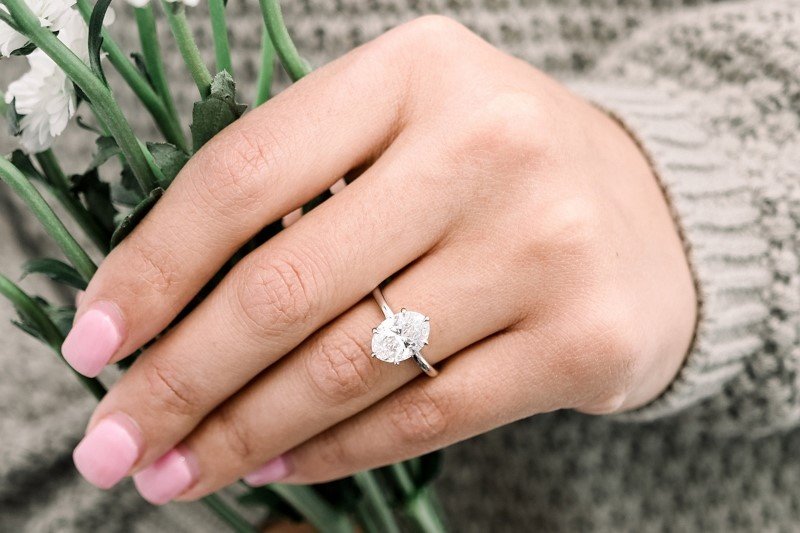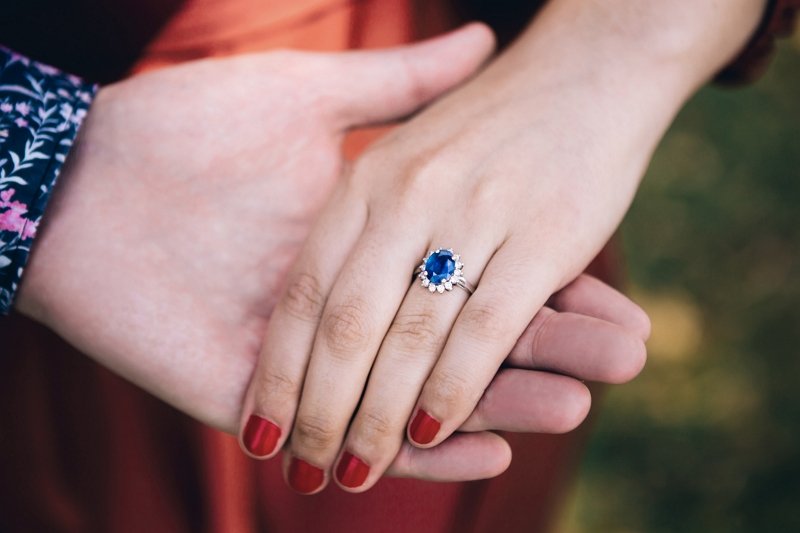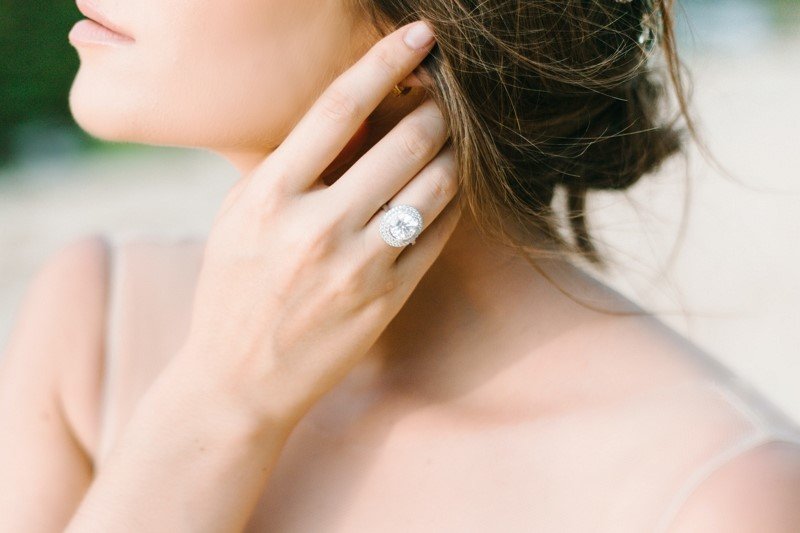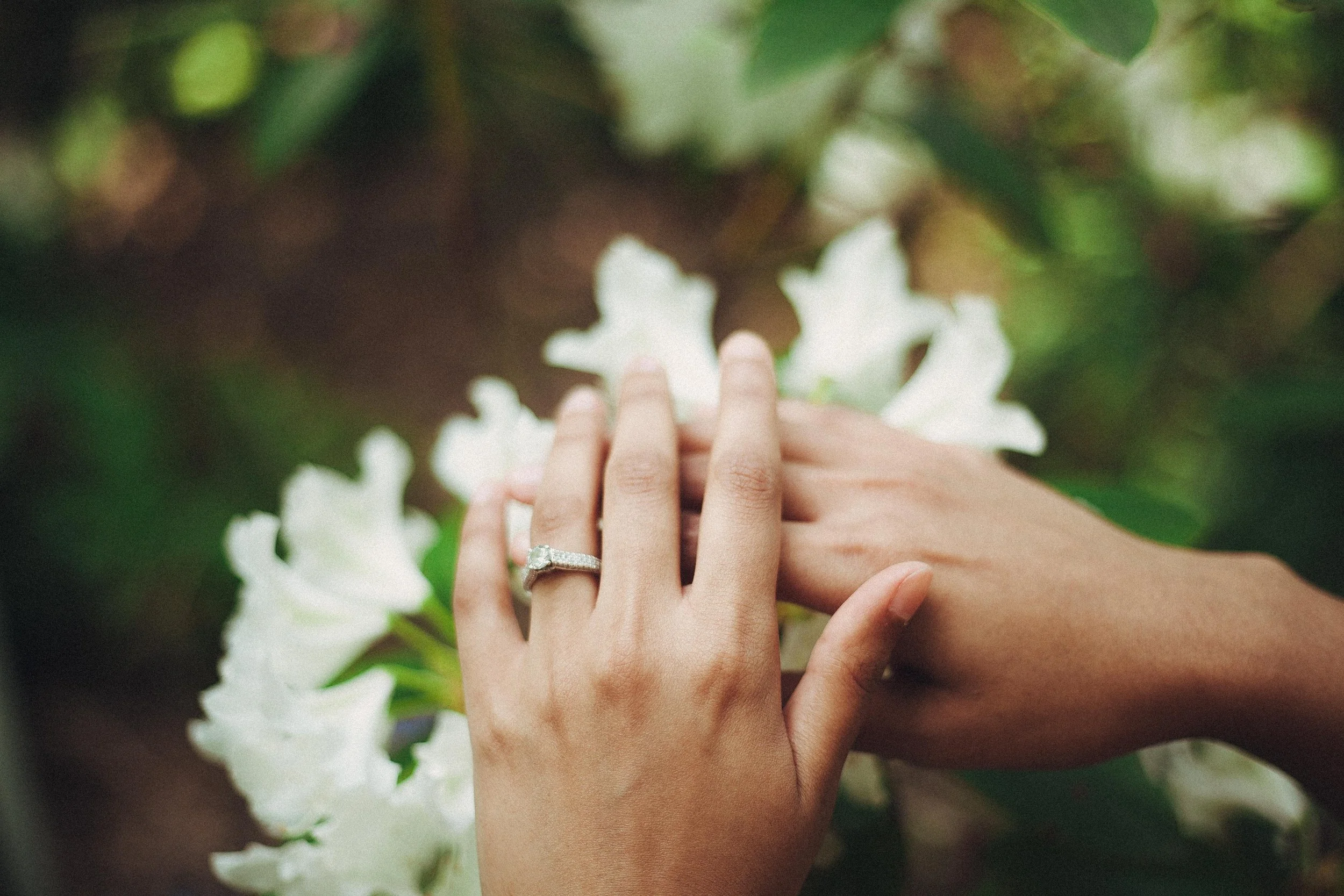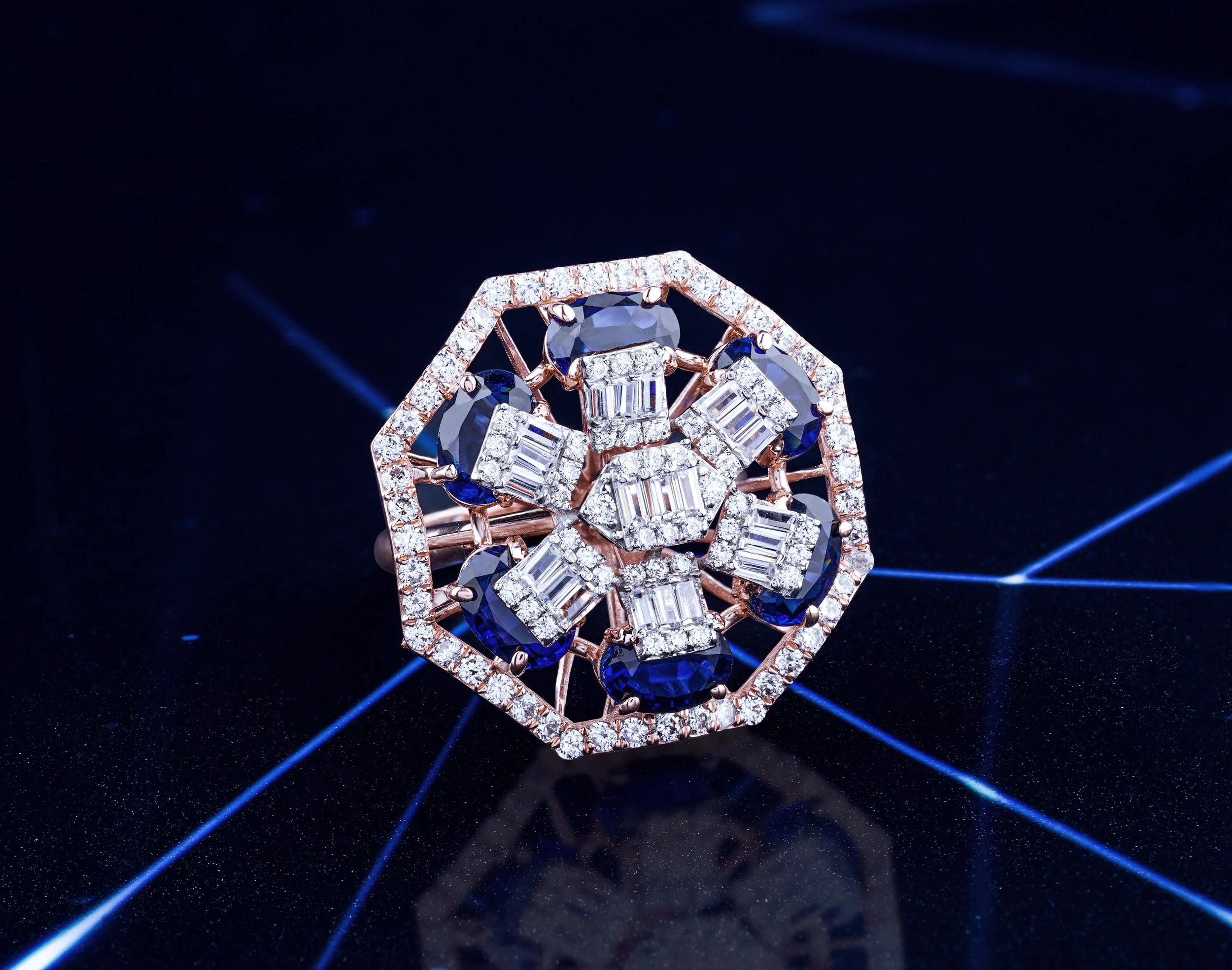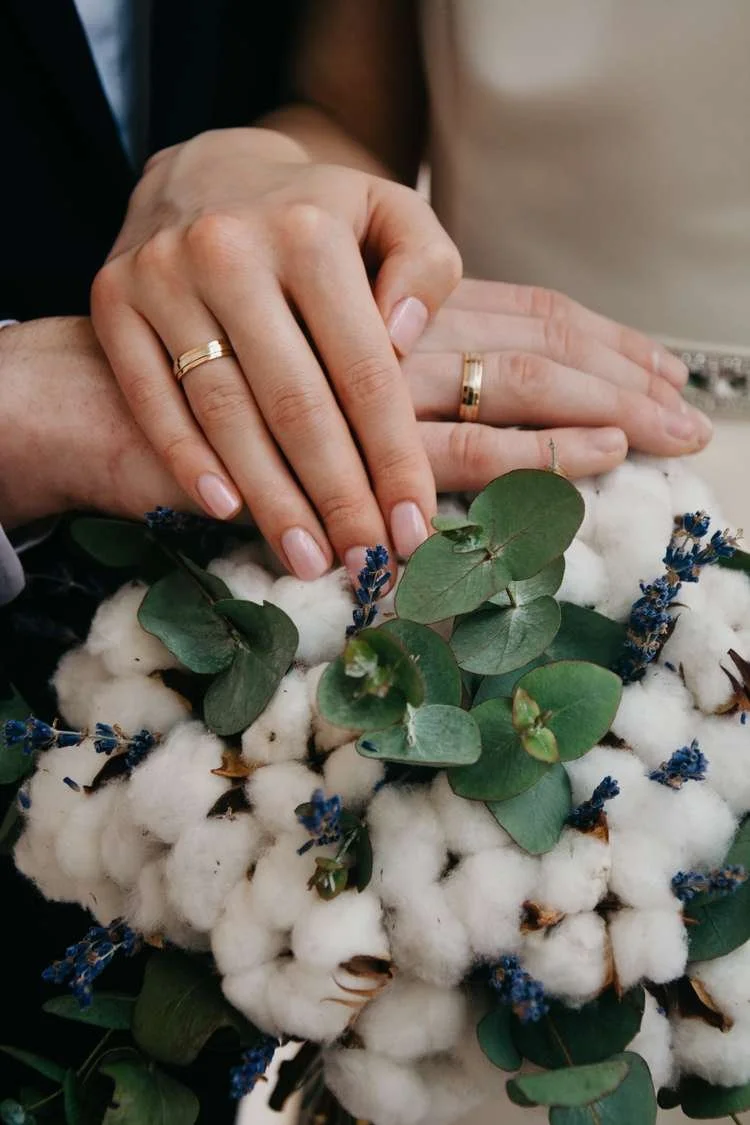20 Rarest and Unique Engagement and Wedding Diamond Cuts in the World
Finding the ideal diamond ring cut that speaks to your style and meets your taste or that of your partner can be a hassle if you barely know your options beyond the conventional cuts and shapes.
You probably know common diamond cuts like emerald, oval, marquise, radiant, and several others. Even if you consult some diamond experts, not every one of them has an idea about the wide range of rare but unique diamond shapes available in the jewelry world.
So, we’ve put together this article to show you 20 rare diamond shapes you can choose from for your engagement ring or wedding ring. Read on to find out more.
—
IN THIS ARTICLE
—
- 01 Asprey Cut
- 02 Eighty-eight Cut
- 03 Royal Asscher Cut
- 04 Ashoka Cut
- 05 Jubilee Cut
- 06 Criss Cut
- 07 Lily Cut(Lili Cut)
- 08 Princess Plus Cut
- 09 Bead Cut
- 10 Portrait Cut
- 11 Shield Cut
- 12 Hexagon Cut
- 13 Kite Cut
- 14 Old Mine & Old European Cut
- 15 Rose Cut
- 16 Elongated Cut
- 17 Step Cut
- 18 Embrace Cut
- 19 Sugarloaf Cut
- 20 Endless Cut
Asprey Cut
One can easily mistake an Asprey cut for a cushion shape/cut because they both have a squared shape with soft edges. Nevertheless, an Asprey diamond cut has 61 facets, which creates more brilliance and reflection just by tilting it a little.
As one of the rarest diamond cuts, the uniqueness of the Asprey cut stems from the fact that it is created only from stones with color grades ranging from D to G with clarities from flawless to VS2, and can only be cut by hand and not machine cut like other popular diamond cuts. Also, one side of the stone is inscribed with the four letters “A” while the other side carries the GIA certificate number.
Eighty-eight Cut
As the name implies, the eighty-eight cut features eight octagonal sides and 88 facets, as opposed to the 58 facets found in conventional diamond cuts. According to popular belief in Asian countries, the number “8” is associated with good fortunes, making it desirable despite its rarity. The eighty-eight cut is patented, making it an outstanding option for those looking for unique diamond cuts for their engagement or wedding ring.
The placement of facets in diamonds determines its brilliance and we can say that all facets in the eighty-eight cut are thoughtfully placed to produce extraordinary sparkle and light reflection when tilted even a little. The eighty-eight cut is one of the most expensive ring cuts, with its good cut priced almost the same as a round brilliant cut of excellent cut.
Royal Asscher Cut
Despite becoming popular in recent times, the Royal Asscher cut is still considered a rare but unique diamond cut. The Royal Asscher features 74 facets, a symmetrical structure, and a higher crown with no hiding place for imperfections.
As the first-ever patented diamond cut, the Royal Asscher is an upgrade from the conventional Asscher because it can absorb light from any angle giving off unmatched sparkle and fire. If you are particular about a diamond ring with a large surface area, the Royal Asscher may not be your best bet since it usually looks smaller than the actual carat size because the stone carries more of the carat weight in the top, center, or bottom.
Ashoka Cut
If you need an extremely rare diamond shape for your engagement ring or wedding ring, The Ashoka cut is an ideal option. It is a distinctive but beautiful diamond cut almost resembling an emerald and a cushion cut but with an elongated rectangular shape and round edges and 62 facets that create a fiery brilliance and sparkly effect.
Of all unusual diamond cuts, the Ashoka cut has a more precise symmetry and is very rare because it can only be crafted from a large, long rough chunk of diamond, and only a few diamonds mined yearly possess the characteristics for this. So if your question is what the rarest cut of a diamond is, the answer is the Ashoka cut.
Jubilee Cut
Ever wonder what is the rarest cut of diamond? The jubilee cut remains one of the rarest diamond cuts that do not feature a table; instead, it has eight trapezium-shaped facets on top that creates a symmetrical pattern giving off the appearance of a hybrid stone from round brilliant cut and rose cut. You can think of it as one of the odd shaped diamonds.
The Jubilee cut is a rare one to find because it was created in honor of Queen Victoria’s golden jubilee in 1897. The original jubilee diamond cut was the sixth-largest in the world, weighing 245.35 carats and featuring 88 facets. Till today, this old diamond cut remains an outstanding piece and one of the most expensive diamond shapes that only those who are willing to go the extra mile for their proposal or wedding rings can acquire.
Criss Cut
The physical appearance of a criss cut looks like an Emerald cut; however, it features an octagonal or rectangular shape with 77 triangular facets that give it an extraordinary fire and brilliance. Unlike other odd-shaped diamonds, the criss cut can mask imperfections, which means that you can achieve this cut from diamonds of lower clarity grading and it will still come out looking elegant and flawless, and reflect light beautifully.
Additionally, this cut makes the diamond look 50% more than the actual carat size. So, unlike other diamond cuts that carry more of the carat weight on the depth, criss cut has a shallow depth and so, the extra carat weight is added to the surface area to increase the size.
Lily Cut
The Lili cut has a square table and four rounded flower petal shapes with 65 facets cut with precision to maximize brilliance. This design makes it perfect for those looking for a fancy but rare diamond cut with a floral or nature-inspired design. The Lili cut comes from the same rough diamond used for a princess or round cuts.
As a unique diamond cut, the Lili cut is patented and cut exclusively by Lili diamonds, which were originally called Siman-Tov Bros and their limited production makes it difficult to find. However, they are marketed through a series of licensed retailers around the world.
Princess Plus Cut
The PrincessPlus cut is a new cut created over the last decade by EFD Ltd and has increasingly become popular among the elite because of its enhanced sparkle. The traditional Princess Cut has 58 to 68 facets but the PrincessPlus cut features 101 facets and more surface area, which gives it the most brilliance when compared to the conventional cuts we know. The PrincessPlus cut is mostly available in SI to II qualities and carries the manufacturer’s brand mark and an exclusive diamond tag. But before each rough diamond is cut, the company ensures that it is conflict-free and passes it through its quality control standard.
Bead Cut
A bead-cut diamond comes in shapes ranging from round to spherical and disc. The diamond features small facets on all sides without a table, girdle, or culet. The name ‘Bead cut’ comes from the fact that it is cut from a rough diamond that has an almost spherical shape and drilled narrowly to create a hole where a wire can pass through just like with pearls. Bead cut is mostly done in India and like most diamond cuts, comes in different colors. However, the colorless diamond beads are one of the most expensive cuts of diamond.
Portrait Cut
A portrait cut is one of the old diamond cuts that comes in different shapes but in the form of a slab. Their upper and lower surfaces are polished and the overall appearance has a transparent look, just like glass or window.
The Portrait cut is also called a “Lasque”. Faceting a Portrait cut is quite challenging because of how fragile and thin the cut is. However, once achieved, the facets add sparkle to the diamond, which can be seen in the presence of light. Generally, a Portrait cut has a low profile and is ideal for those who wouldn’t mind a minimalist engagement ring with an unusual allure that wouldn’t attract too much attention.
Shield Cut
A shield-cut diamond features a triangular shape in the form of a warrior’s shield and is mostly used as side stones for engagement or wedding rings. The distinctiveness of the shield cut gives it a fancy appearance that attracts those looking for a unique and the most rare diamond cut.
There are different variations of the shield cut, with some being mistaken for a triangular cut while others are almost round. When compared to the most expensive diamond cuts like the round brilliant, the shield cut is less expensive even though it appears bigger and has a wide surface area. However, its lack of depth limits the brilliance, and the wide surface area highlights imperfections.
Hexagon Cut
A hexagon diamond cut has a unique shape with a six-sided structure with geometric lines and a modern appearance. This cut comes in two different forms- the brilliant-cut hexagon and the step-cut hexagon. The former has facets that resemble that of a cushion or round-cut diamonds, creating significant brilliance that calls for attention. The facet of the latter is similar to that of Asscher and Emerald cut diamonds because its arrangement creates an open illusion that attracts your eyes to the center of the diamond.
With a hexagon-cut diamond ring, the chances of finding someone with the same diamond cut as yours are very slim.
Kite Cut
The kite-cut diamonds are always perfect as side stones in a three-stone diamond ring, accent stones on the shank of a ring, or as the centerpiece in solitaire settings. The rarity and brilliance of Kite cut diamonds to make it a fancy piece worth having.
The Kite cut dates far back to the Art Deco period and today, its unique silhouette is still appealing. Possessing some step-cut qualities, the Kite cut does not radiate much brilliance; nevertheless, it still sparkles and adds some modern aesthetic to any piece of jewelry. If you are looking to spend less for a fancy star diamond, have your jeweler combine five kite cut diamonds and you will have a single star design that is eye-catching.
Old Mine & Old European Cut
Both the Old mine and Old European cuts are antique cuts as the former was created in the Victorian and Edwardian eras while the latter was created in the Art Deco era.
The old mine cut features a square shape with 58 imperfect facets, a high crown, and a small table with little or no polishing done to the girdle of the stone. The imperfect facets are what make this cut unique because it reflects light and sparkles even in low light conditions like moonlight.
The old European cut stems from the old mine cut but has a round shape with longer and more precise facets. Unlike the Old mine, which has a large culet that allows light to pass through, creating a dark circle in the middle, the Old European features a smaller culet and yet has a natural dark circle.
Rose Cut
A rose-cut may have a round shape but is entirely different from a round brilliant. This antique-inspired cut has been in existence since the 1500s, resembling the unfolding petals of a rosebud and featuring facets between 3 and 24. Because it was developed before the invention of electricity, it sparkles excellently under low light conditions.
The most unique feature of the rose cut is the flat base and a large surface area that accentuates the diamonds’ brilliance and sultry luster. Its lack of pavilion (the pointy base on traditional diamond cuts) reduces the carat weight and brings the stone closer to your finger while the large surface area makes it look more than it weighs. Rose cuts are one of the most expensive diamond shapes because apart from being rare, you get to pay more to achieve a higher clarity.
Elongated Cut
Elongated cut diamonds are becoming a preferred option for engagement rings because they offer more options for diamond shapes including emerald, cushion, radiant, marquise, pear, etc. Their extra length gives off a traditional and modern look at the same time. While they may work in many settings, the solitaire and bezel settings seem to be popular. The slender shape and extra length on the elongated cut give a larger surface appearance that flatters any finger that wears it. And aside from diamonds, this cut works well for other gemstones including ruby, sapphire, etc.
Step Cut
Step cut diamonds have long, open facets that are arranged in a step-like manner parallel to each other. And because they are rectangular or square-shaped, the Emerald cut, Asscher cut, Carre cut, and Baguette-cut is are all considered to be step-cut. The sleek but minimalist look of the step cut makes the diamond attractive. And since it is cut following the outlines of a rough diamond, it retains most of its weight after cutting. Step-cut diamonds do not sparkle like a brilliant-cut; nevertheless, their “hall of mirror” effect still exhibits a subtle glow that shows the clarity of the diamond.
Embrace Cut
The Embrace cut was created by Nirav Modi, an Indian diamond expert. Embrace is more of a technique than a diamond cut because rather than being a single stone with a rare or unique cut, it is a stretchy metal band with an interlocking mechanism and 90 moving parts.
The band is completely studded with diamonds and the moving parts make the ring a “one size fits all’’ piece of jewelry. The diamond stud settings on the ring sparkle in the presence of light and its overall aesthetic makes it a timeless piece that symbolizes everlasting love and a lifetime of happiness.
Sugarloaf Cut
The sugarloaf cut is an antique cut from the Art Deco era that takes the shape of the loaves of refined sugar that were sold before the late 19th century. Sugarloaf cut rings are mostly colorful because their centerpiece is usually gemstones of distinctive colors. The stone has a flat base and a four-side pyramid shape that is domed and unfaceted. Most sugarloaf cuts are accentuated with diamond halos to add some richness and beauty to the hues and color of the center stone.
Endless Cut
The endless cut is like an endless circle embellished with seamless diamonds in a neat and systematic row. This unique and exquisite piece of jewelry features unbroken lines of diamonds that flow into each other, forming a circle and attached without any visible metal or prongs. Because of how the diamonds are attached and flowing into each other, their appearance resembles ice and sparkles in the presence of light. Endless cut diamond rings are custom made because they are created to your finger’s exact measurement. If you are looking for an engagement or wedding ring that draws attention to not a center stone but a seamless row of diamonds, the endless cut is your ideal option.
With jewelers like Sunny Eden™️, you don’t wait for diamonds to be mined before they get to work; instead, with a few grams of your hair and/or that of your loved one, they can create a lab-grown diamond that holds even greater sentimental value to you and your partner and comes with a certificate. Also, they offer a customization service that allows you to choose from four band materials, five colors, and ten cuts. With their personalization service, you can even engrave a personal text on the engagement or wedding ring to make it more special and meaningful.
If you are ready to take the big step towards spending forever with your significant other, you might as well take a bold step in getting one of the rare diamond shapes that beats the norm. it doesn’t have to be the most ring shaped in the store; something outside the traditional cut may be what you need to create an heirloom that will be passed from generation to generation.

